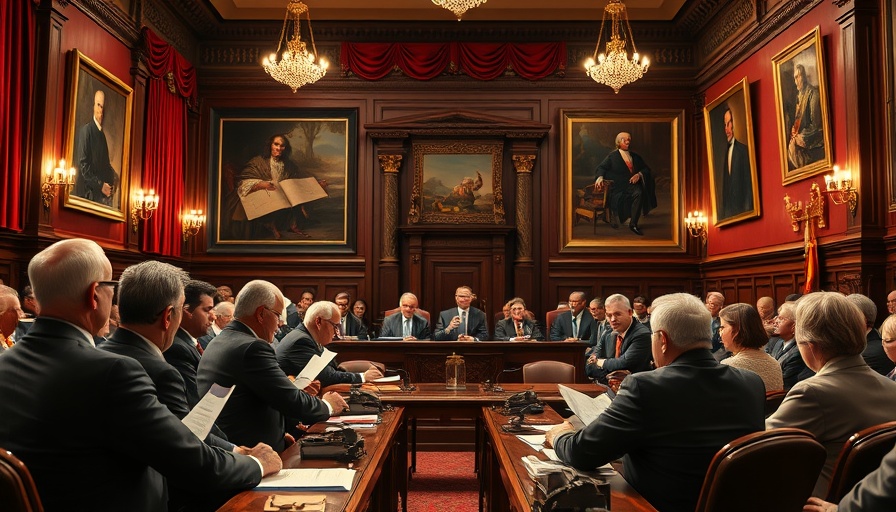
A Historical Shift in Education Funding
In a significant move that marks a potential turning point in Texas education policy, the Texas House has given initial approval to a $1 billion private school voucher program, Senate Bill 2. This historic vote, which passed 85-63, signals a departure from past resistance by both parties in the state legislature against the use of taxpayer funding for private education. Governor Greg Abbott hailed the decision as a victory for parents advocating for school choice, asserting that he will sign the bill as soon as it reaches his desk.
School Funding at the Core
The vote on the voucher program came after a debate on a broader $7.7 billion school funding package, House Bill 2, which aims to provide local districts with more per-student funding and improve teacher salaries. This bill was passed with overwhelming bipartisan support (144-4), reflecting a rare moment of agreement in the often-divisive political landscape of Texas education funding.
However, Democrats expressed that the funding boost is insufficient to address ongoing issues like budget deficits and rising educational costs, especially following years of inflation. Despite their concerns, most Democratic lawmakers supported the measure, indicating a pragmatic approach to move forward on educational funding.
The Battle Lines Drawn
While this proposal has garnered support from some segments of the population, it also faces substantial opposition. With every present Democrat voting against the bill and only a handful of Republicans joining them, the passage of these vouchers signals a deepening division within the state. The state’s educational landscape is marked by a stark contrast between advocates for school choice, who argue that funding should follow students to the schools their families choose, and opponents who argue this may divert necessary funds from public schools that must serve all students.
Looking Ahead: Educational Opportunities and Challenges
This approval represents not just a policy change but a cultural one within Texas, where educational choice has become a hot-button issue. If successfully implemented, this voucher program could reshape the dynamics of educational choices for families, especially low-income families who may not have the resources to pay for private education upfront. However, the challenge will lie in ensuring that the needs of public schools are still adequately met to prevent further deterioration of public education resources.
The Role of Parents and Communities
The impact of this development will ripple through communities in Texas as parents begin to understand their options better and advocate for what they believe is best for their children. It's imperative for community leaders to engage with families about these changes and provide transparent information on how education funding will evolve in this new landscape. Public forums and educational workshops could help families navigate the benefits and challenges of the new voucher system.
Moving Forward: A Call for Inclusive Dialogue
As Texas embarks on this new funding model for education, the outlook remains complex. Policymakers must commit to ongoing dialogue with stakeholders across the spectrum to ensure that the implementation of this program upholds educational equity and quality. Determining the future of Texas schools involves more than just legislative action; it requires a community-wide commitment to ensuring that every child has access to a quality education, whether through public or private means.
The recent developments in Texas serve as a reminder that changes in educational policy often require balancing immediate reforms with long-term consequences. As this story continues to unfold, it’s essential for Texans to stay informed and engaged, advocating for a system that uplifts all students.
For those following this pivotal moment in education policy, stay tuned for updates as this program moves to the Governor's desk and beyond, heralding a new chapter in Texas education.
 Add Element
Add Element  Add Row
Add Row 



 Add Row
Add Row  Add
Add 


Write A Comment